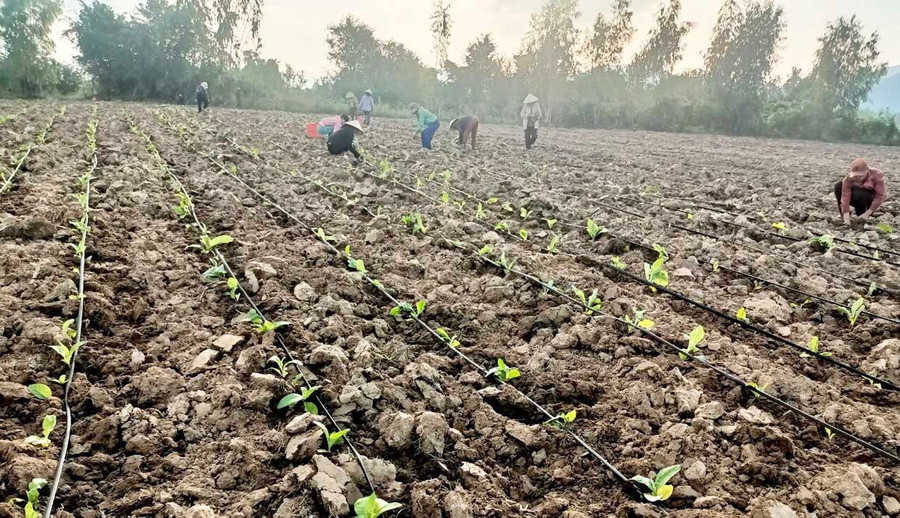
Mr. Nguyen Dinh Khanh (Ka To hamlet) is one of the farmers who boldly changed the crop structure and applied technical advances to production. Previously, most of his field area was mainly used to grow cassava and cashew, but the efficiency was low and depended heavily on the weather.
In recent years, he has switched to growing tobacco, investing in a drip irrigation system using Israeli technology. Thanks to the synchronous application of new techniques, tobacco productivity has reached 4-5 tons/ha, 1-2 tons/ha higher than before, earning a profit of about 100 million VND/ha/crop.
The new model not only helps the family stabilize the economy but also creates seasonal jobs for many workers, contributing to affirming the right direction in developing high-tech agriculture in Ia Rsai. Not only that, in addition to the existing 10 hectares, Mr. Khanh is calculating to expand further, taking resources from the area of land for growing annual crops that are less effective.
Similarly, Mr. Thai Huu Lu (Quynh Phu village) is also a typical example of crop conversion to adapt to climate change. He used to grow cassava, but when the plants got mosaic disease, the yield decreased sharply, so he decided to convert the entire area to grow sugarcane, applying a drip irrigation system to save water. After 4-5 years, he has developed nearly 30 hectares of sugarcane.
“Investing in a drip system has a high initial cost, but it can be used for many years and is much more effective than manual irrigation. Sugarcane grows well, has high quality, and yields about 100 tons/ha, much higher than before; profits are about 40-50 million VND/ha/year, much better than cassava,” Mr. Lu shared.
In recent years, agricultural production in Ia Rsai has had many positive changes. The whole commune currently has more than 11,400 hectares of cultivated area. Of which, food crops are 1,083 hectares, root crops are 4,088 hectares, food crops and watermelons are 1,617 hectares, short-term industrial crops are 3,067 hectares, long-term industrial crops are 1,290 hectares, fruit trees are 111 hectares...
The crop structure is gradually being adjusted to suit local dry climate conditions; many ineffective cassava areas are being converted to grow tobacco, sugarcane, fruit trees and vegetables.
The commune government's promotion of propaganda, technical guidance, and mobilization of people to change crop structure and apply science and technology to adapt to drought conditions has achieved positive results. Currently, the total sugarcane area in the commune has increased from more than 700 hectares to about 1,855 hectares, while the cassava area has decreased accordingly.
Even in the areas where cassava is still grown, the commune encourages people to use cassava varieties resistant to mosaic disease such as HN1, HN3, HL-RS15, etc., which currently account for about 30% of the cultivated area. The new varieties yield at least 50% higher than the old varieties; if combined with an irrigation system, the yield can increase by 70%, even double compared to before.

Previously, people mainly grew cassava, rice and corn according to old practices. Now, people have boldly switched to growing sugarcane, tobacco, biomass corn and fruit trees, which initially brought about clear results. Most of the sugarcane and tobacco growing areas apply water-saving irrigation systems.
Restructuring the agricultural sector towards climate change adaptation is helping people change farming practices, focusing on economic efficiency rather than expanding acreage.
“The commune encourages farmers to apply new plant varieties and actively apply new technologies both in cultivation and post-harvest to increase product value. People calculate for themselves, see which plants and methods are effective, then convert; the State only provides guidance and technical support. That is also a clear demonstration of the effectiveness of agricultural restructuring to adapt to climate change in Ia Rsai,” Mr. Vo Ngoc Chau, Chairman of the People’s Committee of Ia Rsai commune, shared.
Source: https://baogialai.com.vn/ia-rsai-tai-co-cau-nong-nghiep-thich-ung-bien-doi-khi-hau-post571140.html


![[Photo] Ca Mau "struggling" to cope with the highest tide of the year, forecast to exceed alert level 3](https://vphoto.vietnam.vn/thumb/1200x675/vietnam/resource/IMAGE/2025/11/04/1762235371445_ndo_br_trieu-cuong-2-6486-jpg.webp)
![[Photo] Panorama of the Patriotic Emulation Congress of Nhan Dan Newspaper for the period 2025-2030](https://vphoto.vietnam.vn/thumb/1200x675/vietnam/resource/IMAGE/2025/11/04/1762252775462_ndo_br_dhthiduayeuncbaond-6125-jpg.webp)

![[Photo] Comrade Nguyen Duy Ngoc holds the position of Secretary of the Hanoi Party Committee](https://vphoto.vietnam.vn/thumb/1200x675/vietnam/resource/IMAGE/2025/11/04/1762234472658_a1-bnd-5518-8538-jpg.webp)
![[Photo] Ho Chi Minh City Youth Take Action for a Cleaner Environment](https://vphoto.vietnam.vn/thumb/1200x675/vietnam/resource/IMAGE/2025/11/04/1762233574890_550816358-1108586934787014-6430522970717297480-n-1-jpg.webp)
![[Photo] The road connecting Dong Nai with Ho Chi Minh City is still unfinished after 5 years of construction.](https://vphoto.vietnam.vn/thumb/1200x675/vietnam/resource/IMAGE/2025/11/04/1762241675985_ndo_br_dji-20251104104418-0635-d-resize-1295-jpg.webp)
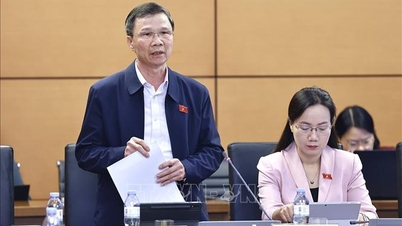

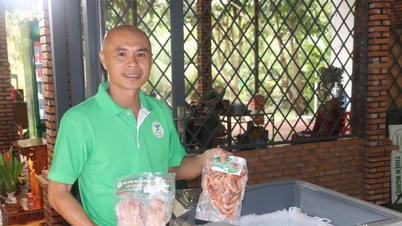
















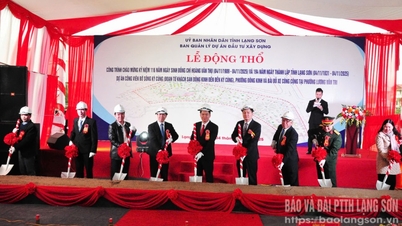









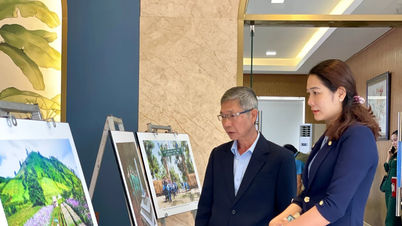



















































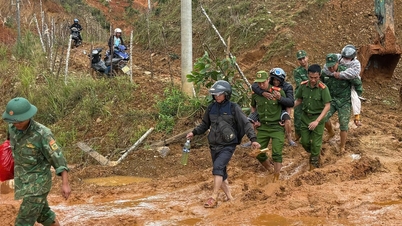






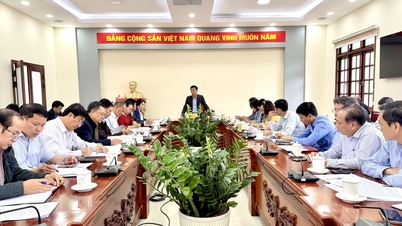














Comment (0)